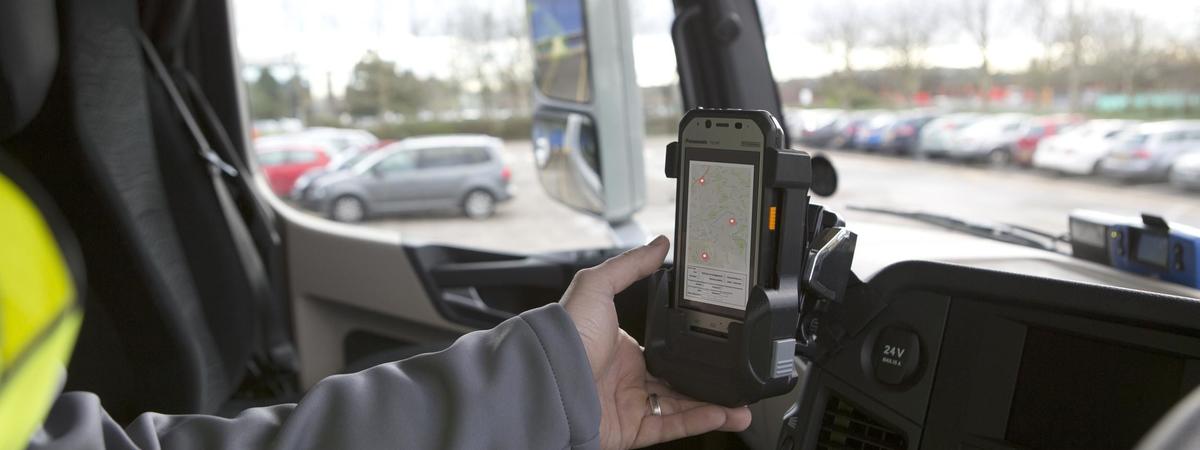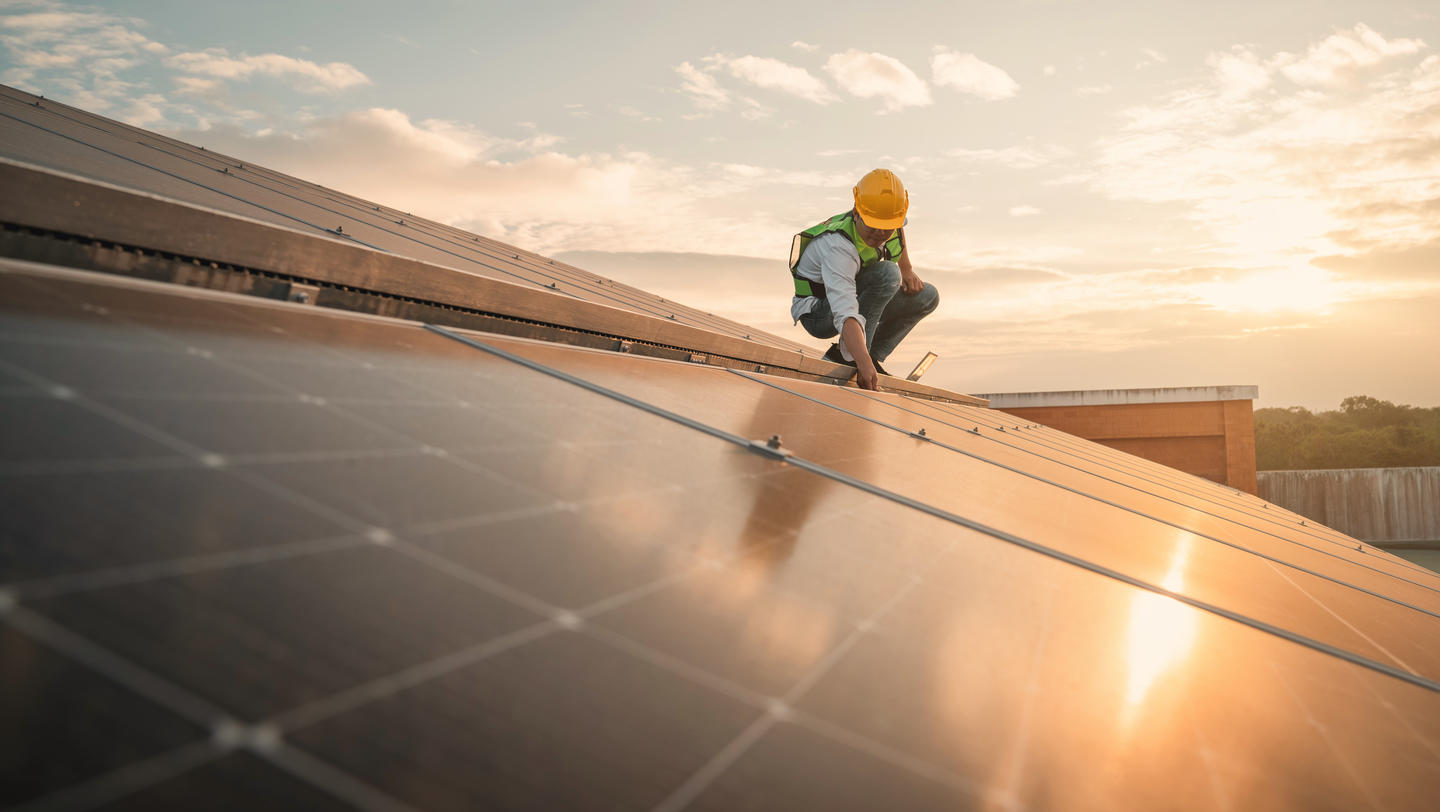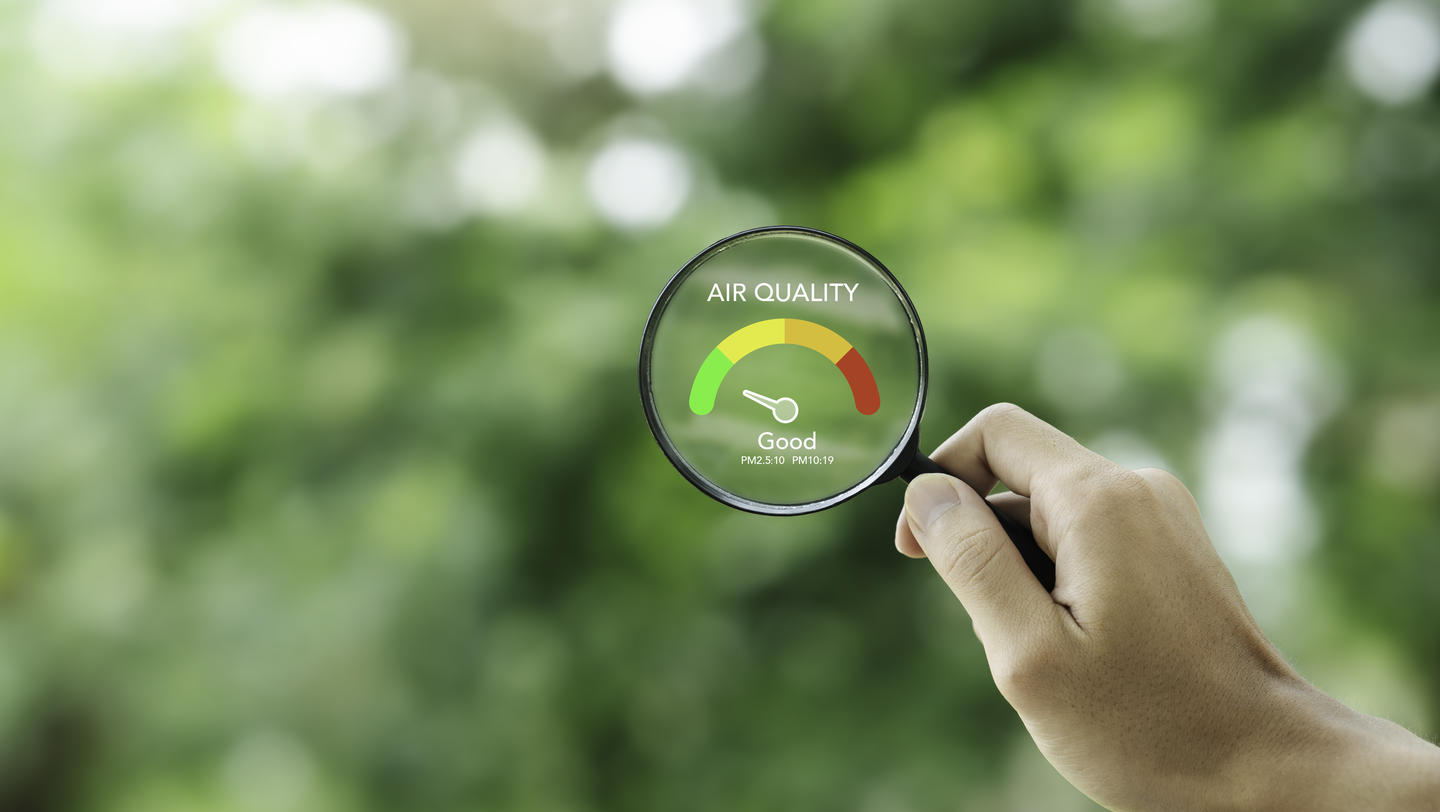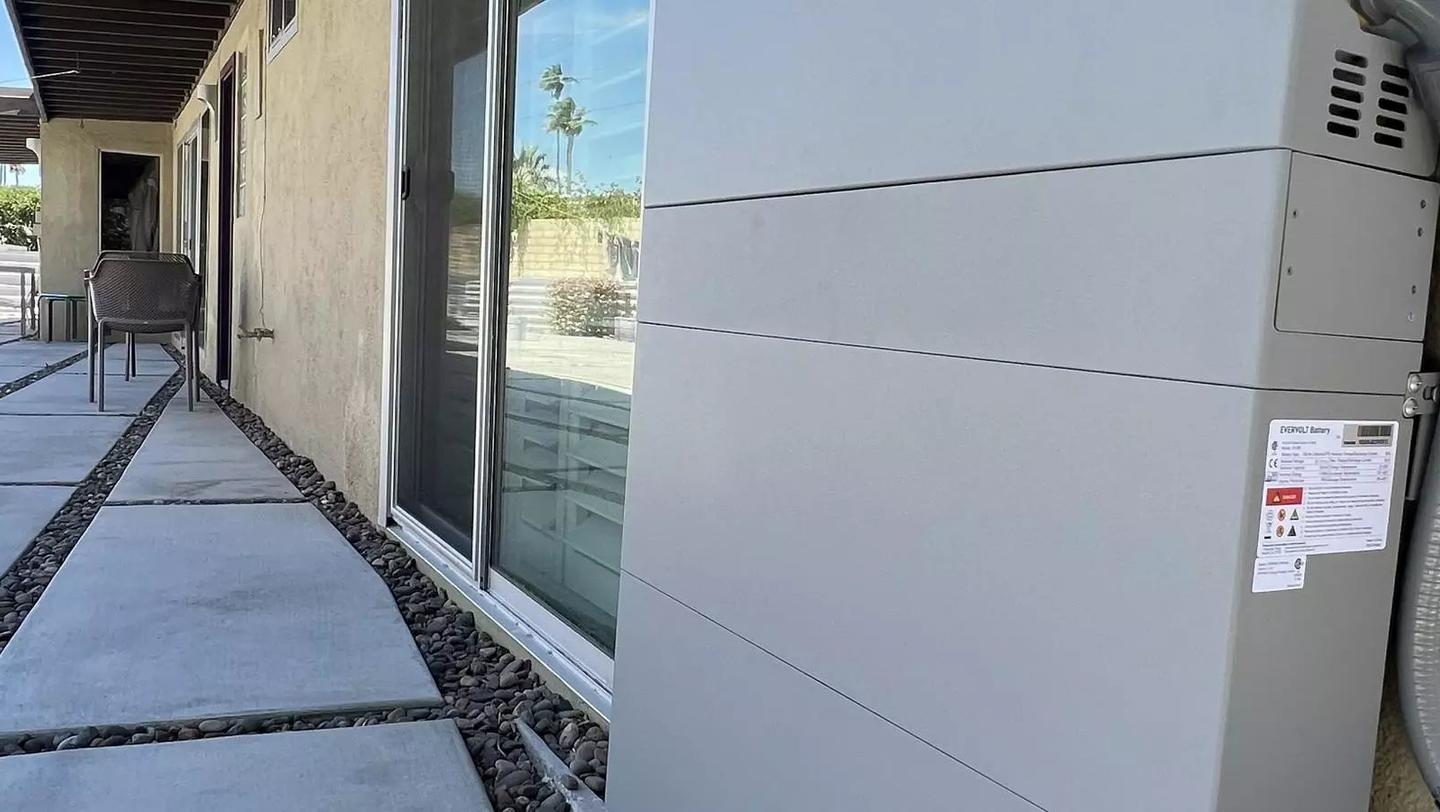Telematics, IOT and the ELD Mandate

Telematics, IOT and the ELD Mandate
The world of logistics has taken on a high tech approach to managing transportation and tracking, monitoring and tracing the goods moving around the world. Supply chain professionals expect to understand the status of their orders in detail and in real time. That means more than just whether the package is on board the truck, but also where it is, if the temperature and other conditions in the trailer are correct, did the package get dropped, and lots of other factors. The electronic components that monitor all those conditions as well as information about the vehicle itself need to be able to connect to both the driver's on-board application and to online systems. Telematics, the IoT, mobility and cloud all enable those connections.
Today’s vehicles are monitored and controlled by electronic control modules (ECMs). The number and variety of ECMs has increased exponentially since they were first added to cars and trucks in the mid 1990s, to the point that today a typical commercial truck has anywhere from 30 to 50 ECMs that connect to the central engine buss and control how the vehicle works. They also monitor conditions as part of their control duties. Telematics devices connect to the engine buss and collect the data generated by the ECMs. They then connect wirelessly to online services and deliver the ECM data so it can be used in a wide variety of applications to help manage fleets, provide notifications to supply chain participants, and deliver information to drivers for streamlined efficiency.
The data collected from the vehicle telematics needs to be delivered to a variety of interested participants in order to be useful. Possibly the most important player is the driver of the truck. Increasingly, trucking companies are turning to mobile handheld devices rather than screens hardwired and mounted in the cab, as the preferred way to both deliver information to drivers and for drivers to interact with that information. In part, the move is driven by the flexibility offered by wirelessly connected units that can be used outside the cab and for multiple purposes. Even more important is the upcoming change in federal regulations that mandates that all commercial vehicles must have electronic logging devices (ELD) by December 2017. For drivers, that means the official end of paper logs. However, the incorporation of ELDs also means those devices can be used for additional tasks like the inspection, or ‘walkaround’ report.
“ELDs must be mounted in the cab, but also must be able to be presented outside the cab,” explains Kelly Frey, VP of product marketing for Telogis, a Verizon Company. “ELDs can no longer be bolted down in the cab. One reason for that is safety officials are not permitted inside cabs so the logs need to be on something the inspectors can access.” This means the handheld device needs to be able to connect wirelessly to their information sources.
In addition to meeting the specifications of the federal mandate there are practical implications to consider when using handheld or tablets as ELDs. Trucking environments can be tough on equipment, and consumer grade devices can easily be damaged by dropping or the vibrations during use in a commercial vehicle. ELD devices need to be able to withstand this kind of abuse. Also,outdoor conditions are often less than ideal when truckers need to inspect their rigs or take photos of damage. The ELDs need to be impervious to rain and snow as well as grease and dirt so that they can be simply wiped and washed when they get dirty. And the screens need to be readable even when used in bright sunlight. Most of these requirements are unspecified in the regulations but are critical to successful implementation of the ELD regulation that turns the telematics and other data captured with a multi-purpose mobile device, into useful information that makes trucking safer and more efficient.
As trucking fleets consider their strategy for ELD compliance and the devices to be used, they should also consider other tasks and processes that can be improved as the functionality of the device for the needs of drivers and their jobs. For information on Panasonic mobility solutions for trucking and logistics, visit us online.











